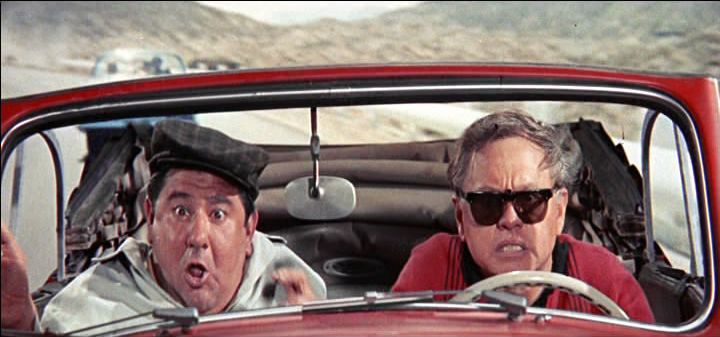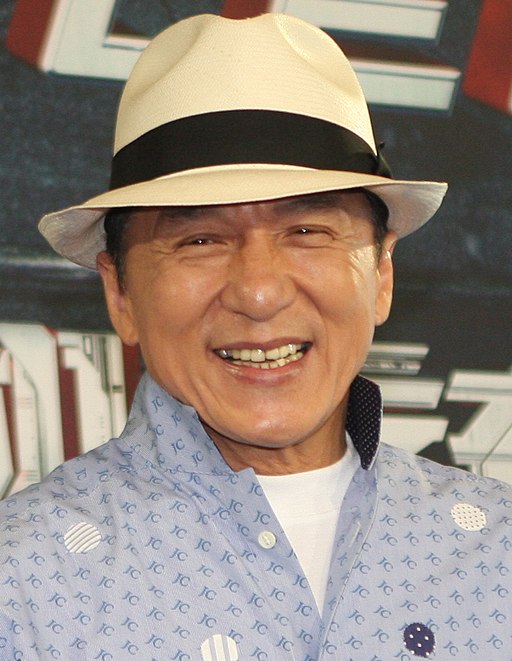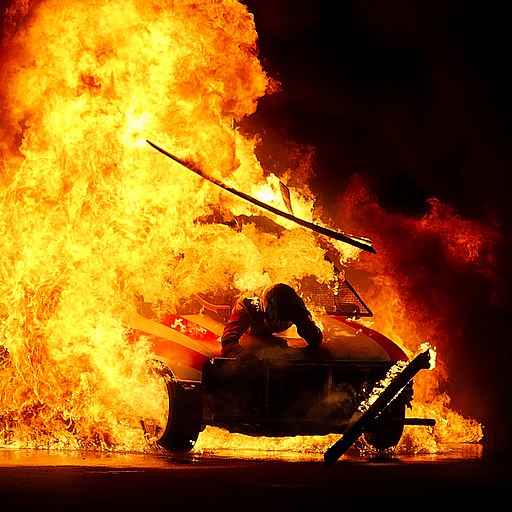WORKPRINT STUDIOS BLOG POST #14 - Movie Stunts
Filmmaking Blog
Welcome to the Workprint Studios Blog.
WORKPRINT STUDIOS BLOG POST #14 - Movie Stunts
The Evolution of Stunts in Film
Since the inception of cinema, stunts have played an essential role in captivating audiences worldwide. From the early days of silent films to the modern-day era of digital effects, stunts have evolved to become increasingly complex and awe-inspiring. In the early days of cinema, stunts were relatively straightforward, and often involved basic physical feats, such as falls and jumps. As time went on, the complexity and danger of stunts grew, and they became more integral to the plot and the overall success of the film.
The Biggest Stunts in Film History
Over the years, numerous stunts have captured the attention and admiration of audiences worldwide. Some of the most significant stunts in film history include Evel Knievel's jump over the fountains at Caesars Palace in "Viva Knievel!," the opening sequence of "GoldenEye," in which Pierce Brosnan bungee jumps off a dam, and the iconic helicopter scene from "Mission: Impossible - Fallout," in which Tom Cruise dangles from a helicopter in flight. Other notable stunts include the car chases in "The French Connection" and "Bullitt," and the skyhook scene in "The Dark Knight., the building jump scene in Rumata, and the Panther scene in 2001: A Space Odyssey
Techniques Used in Stunts
Stunt performers use a wide range of techniques to create their awe-inspiring feats. These techniques include wire work, where performers are suspended on wires and cables, and pyrotechnics, which involve controlled explosions and fire effects. Other techniques include martial arts, gymnastics, and parkour, all of which require a high degree of physical skill and conditioning. Specialized vehicles, such as motorcycles, cars, and helicopters, are also used to create exciting chase sequences and other daring stunts.
Materials Used in Stunt Scenes
Creating convincing and safe stunt scenes requires the use of specialized materials and equipment. Some of the most common materials used in stunt scenes include fire-resistant fabrics, crash mats, and safety harnesses. Protective gear, such as helmets, knee and elbow pads, and safety goggles, is also essential for performers to reduce the risk of injury. Specialized camera equipment, including remote-controlled drones and high-speed cameras, are used to capture the action from multiple angles and create stunning visual effects.
Historical Dates that Made an Impact on Movie Stunts
The history of stunts in film is filled with significant dates that have shaped the industry and contributed to the evolution of stunts. In 1923, the film "Safety Last!" featured Harold Lloyd's iconic climb up a tall building, which set a new standard for physical comedy and stunts in film. The 1960s and 70s saw the rise of the "spaghetti western" genre, which featured elaborate horse stunts and gunfights. The 1970s also saw the advent of car chases and high-speed stunts, thanks in part to the innovations of director William Friedkin. In recent years, the use of digital effects has allowed filmmakers to create ever-more ambitious and impressive stunts, while also allowing performers to perform stunts with greater safety and control.
Conclusion
In conclusion, the history of stunts in film is a testament to the creativity and ingenuity of filmmakers and performers alike. From the early days of cinema to the modern era of digital effects, stunts have played a critical role in captivating audiences and driving the success of countless films. Through the use of specialized techniques, materials, and equipment, stunt performers have been able to push the boundaries of what is possible, creating ever-more daring and breathtaking stunts. And with each passing year, filmmakers continue to find new and innovative ways to create stunts that leave audiences on the edge of their seats.
While the history of stunts in film is filled with remarkable feats and groundbreaking moments, it is clear that there is still much more to come. As technology continues to advance and filmmakers continue to push the boundaries of what is possible, it is likely that we will see even more daring and impressive stunts in the years to come. Whether it is a heart-stopping car chase, a death-defying leap from a tall building, or a jaw-dropping martial arts sequence, the world of stunts in film is one that will continue to thrill and captivate audiences for future generations.
DID YOU KNOW?
- Did you know that the first ever recorded movie stunt was performed in 1903 in the silent film "The Great Train Robbery"? The stunt involved a character jumping off a moving train onto a horse.
- Did you know that legendary actor Jackie Chan has broken almost every bone in his body due to performing stunts in his films? He has also been injured multiple times, including suffering a serious head injury while filming "Armor of God".
- Did you know that the iconic car chase scene in the movie "Bullitt" (1968) was considered groundbreaking at the time for its realism? The chase was filmed on location in San Francisco and involved high-speed driving and dangerous stunts.
- Did you know that the "freefall" stunt performed by Tom Cruise in the opening scene of "Mission: Impossible - Fallout" (2018) was one of the most dangerous stunts ever attempted in a film? Cruise actually jumped out of a plane at 25,000 feet and performed the stunt multiple times to get the perfect shot.
- Did you know that the scene in "The Matrix" (1999) where Neo (played by Keanu Reeves) dodges bullets was accomplished through a combination of practical and digital effects? The actor was filmed doing the physical movements, and then the bullets were added in later using CGI.
- Did you know that the use of green screen technology has revolutionized the way stunts are performed in films? With the use of green screen, stunt performers can be filmed performing stunts in a controlled environment, with the background added in later using CGI.
- Did you know that the famous "car flip" stunt performed in the movie "The Dark Knight" (2008) was accomplished using a specialized vehicle called a "Batskiboat"? The vehicle was specially designed to flip over and allow the stunt driver to exit safely.
Where you can find us.












